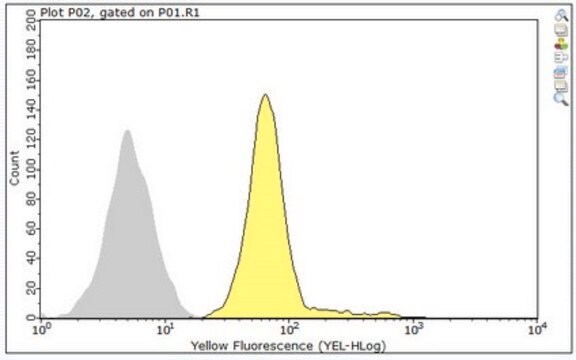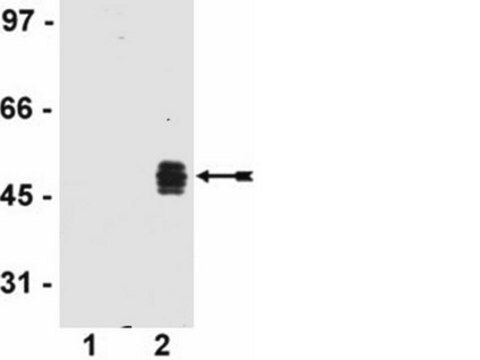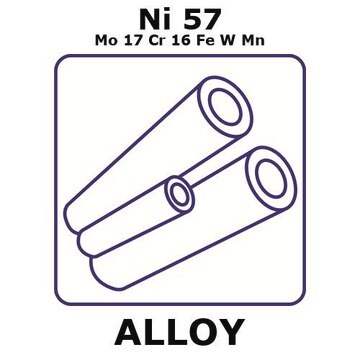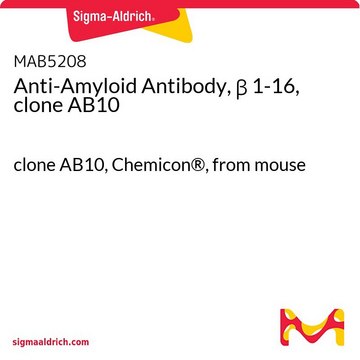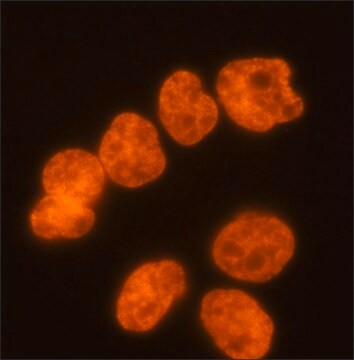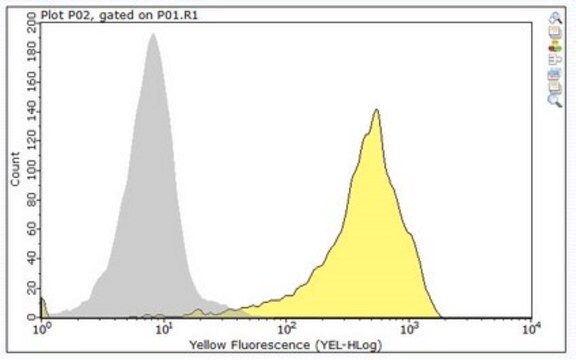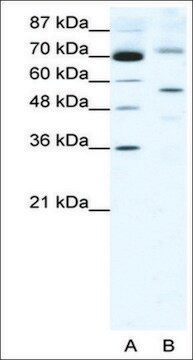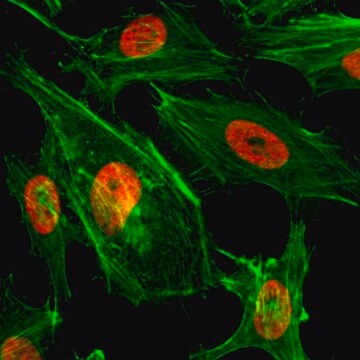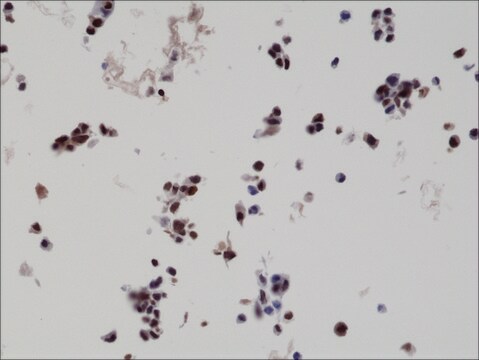MABF958
Anti-CD47 Antibody, clone PF3.1
clone PF3.1, from mouse
Sinónimos:
Leukocyte surface antigen CD47, Antigenic surface determinant protein OA3, CD47, IAP, Integrin-associated protein, Protein MER6
About This Item
Productos recomendados
origen biológico
mouse
Nivel de calidad
forma del anticuerpo
purified immunoglobulin
tipo de anticuerpo
primary antibodies
clon
PF3.1, monoclonal
reactividad de especies
human
técnicas
flow cytometry: suitable
isotipo
IgG1κ
Nº de acceso NCBI
Nº de acceso UniProt
Condiciones de envío
ambient
modificación del objetivo postraduccional
unmodified
Información sobre el gen
human ... CD47(961)
Categorías relacionadas
Descripción general
Especificidad
Inmunógeno
Aplicación
Western Blotting Analysis: A representative lot detected CD47 distribution among human polymorphonuclear (PMN) neutrophil subcellular fractions. Majority of CD47 was found co-localized with CD11b in the CD11b and secondary granules in unstimulated PMN and upregulated plasma membrane localization was seen following fMLP stimulation (Parkos, C.A., et al. (1996). J. Cell Biol. 132(3):437-450).
Inflammation & Immunology
Calidad
Flow Cytometry Analysis: 0.2 µL of this antibody detected CD47 surface expression on the gated lymphocytes population among one million human PBMCs.
Descripción de destino
Forma física
Almacenamiento y estabilidad
Otras notas
Cláusula de descargo de responsabilidad
¿No encuentra el producto adecuado?
Pruebe nuestro Herramienta de selección de productos.
Código de clase de almacenamiento
12 - Non Combustible Liquids
Clase de riesgo para el agua (WGK)
WGK 1
Punto de inflamabilidad (°F)
Not applicable
Punto de inflamabilidad (°C)
Not applicable
Certificados de análisis (COA)
Busque Certificados de análisis (COA) introduciendo el número de lote del producto. Los números de lote se encuentran en la etiqueta del producto después de las palabras «Lot» o «Batch»
¿Ya tiene este producto?
Encuentre la documentación para los productos que ha comprado recientemente en la Biblioteca de documentos.
Nuestro equipo de científicos tiene experiencia en todas las áreas de investigación: Ciencias de la vida, Ciencia de los materiales, Síntesis química, Cromatografía, Analítica y muchas otras.
Póngase en contacto con el Servicio técnico